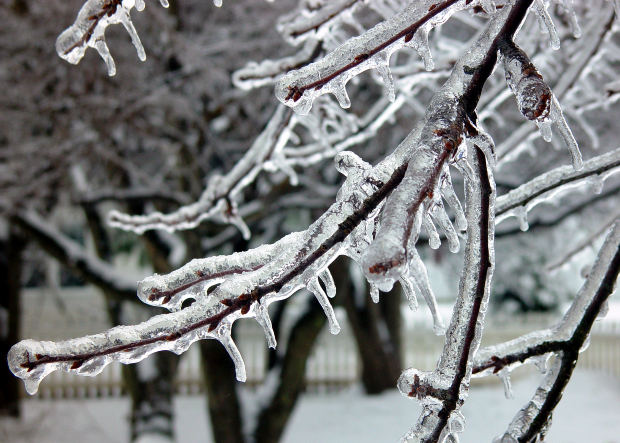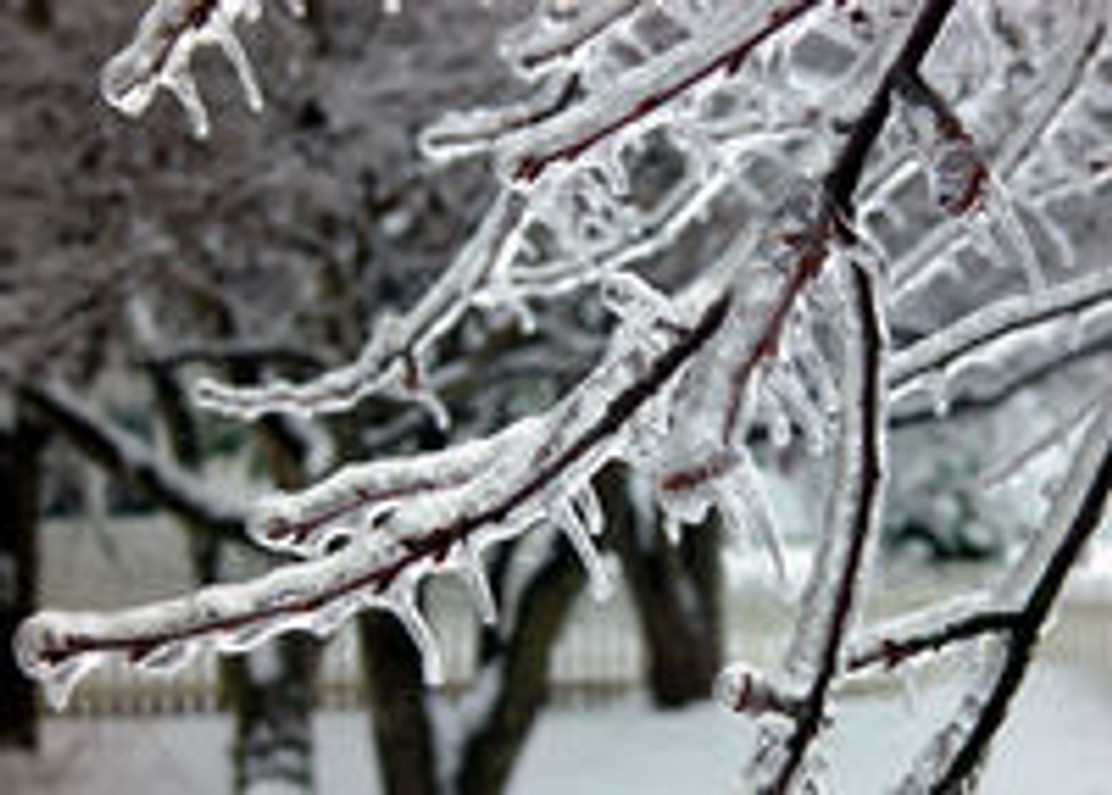How to Prepare for an Ice Storm
 The winter season is officially here, which means the temperatures will continue to drop throughout the country. While meteorologists are predicting a "mild" winter, there's still the potential for ice storms -- a phenomenon that can wreck havoc on roads, power lines, and general infrastructures. So, what steps can you take to better prepare for an ice storm?
The winter season is officially here, which means the temperatures will continue to drop throughout the country. While meteorologists are predicting a "mild" winter, there's still the potential for ice storms -- a phenomenon that can wreck havoc on roads, power lines, and general infrastructures. So, what steps can you take to better prepare for an ice storm?
Check the Weather
I know this probably sounds like common sense, but it's still worth mentioning that you should keep tabs on the local weather, especially if there's a winter storm approaching. When rain begins to fall in temperatures around 32 degrees Fahrenheit, it creates the perfect formula for ice. The frozen rain will cling to the power lines and trees, weighing them down with immense force -- sometimes to the point of them snapping and breaking. You can check to see if there's an ice storm approaching by tuning your TV to the local news channel (assuming you have power), or by using a portable weather radio.
Create an Emergency Kit
If you haven't done so already, you should create an emergency kit for your home. The biggest problem associated with ice storms isn't necessarily the cold temperatures, but rather the potential for widespread power outages. And when the roads are covered in ice, being stuck inside your home with limited food, water and other supplies can be downright dangerous.
Homeowners should create an emergency kit for instances such as this. Inside the kit, you may want to include the following:
- Flashlight with extra batteries
- Candles
- Waterproof matches
- Thermal blankets
- Bandages
- Antibiotic ointment
- Gauze pads
- Tweezers
- Rubbing alcohol
- Hydrogen peroxide
- Road flares
Stay Off the Roads
Even if the roads "look" fine, there could still be patches of ice present. Therefore, it's recommended that you stay home and wait for the ice to melt before getting back on the roads. Unless there's an emergency in which you must drive, wait for the ice to melt. This is something that emergency crews stress year after year, yet many motorists disregard this advice, clogging the roads and contributing to more accidents.
These are just a few safety tips to follow during an ice storm.
Recent Posts
-
Fire Safety in the Workplace: What You Need to Know
What steps are you taking to prevent fires in your workplace? According to the U.S. Occupational Saf …Aug 23rd 2023 -
Is It Safe to Go Jogging With a Cold Infection?
If you're suffering from a cold infection, you might be wondering whether it's safe to go jogging. T …Aug 22nd 2023 -
5 Safety Tips to Follow When Using a Powder-Actuated Tool
Powder-actuated tools are commonly used to join materials to steel and concrete. Also known as Hilti …Aug 20th 2023




